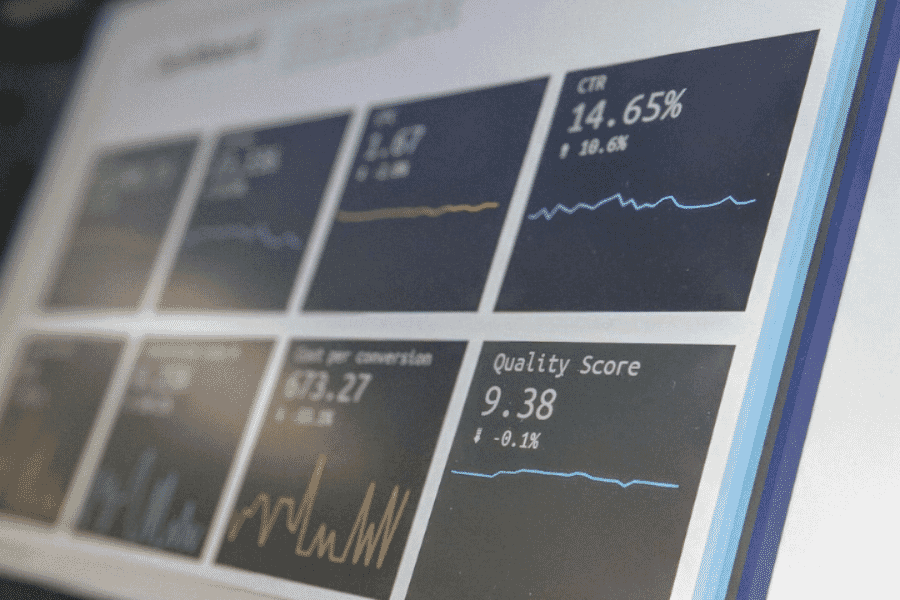What does gender pay gap reporting mean for my business?




The government requirement for gender pay gap reporting has arisen from the ongoing discrepancies between male and female pay for jobs of equal value. Gender pay gap reporting, therefore, seeks to identify discrepancies in pay so that organisations can begin to acknowledge and rectify the difference where appropriate.
Putting the spotlight on the gender pay gap presents an excellent opportunity for UK employers to demonstrate that they are, or are taking action to become, UK employers of choice by ensuring a ‘fair day’s pay for a fair day’s work’, irrespective of gender.

The regulations are intended for UK organisations, however, the gender pay gap is far from a UK only issue. In 2016, thousands of women in Iceland left work at 2.38pm (the time from which they are working for free in comparison to the salaries of their male counterparts) to march in protest.
Whilst positive steps are being taken by organisations globally, the World Economic Forum predicts it could take another 170 years to achieve parity if we continue to move at today’s momentum. This has serious implications for businesses wanting to minimise the opportunity for industrial action and complete for top talent.

Reasons for the pay gap are vast and complex. For example, women are typically more likely to work part-time, which can mean a lower rate of pay pro rata. Women are also underrepresented in senior roles that tend to command high salaries. Interestingly, for younger employees, in their 20’sthe gap is 5%. This gap significantly increases for women in their 30’s (arguably when women are starting have or are well into family life) reaching 30% by mid-40’s.
Whilst gender pay gap reporting will impact a significant percentage of businesses in the UK, few are prepared to deal with it. According to XpertHR, just 6.2% of private sector employees had formal procedures in place to actually measure the gap. So, what am I going to need to be able to report on?
As of April 2017, employers with 250+ employees are obligated to publish six specific average metrics showing their pay gap and bonus gap using calculations set-out in the regulations:
- Average gender pay gap as a mean average
- Average gender pay gap as a median average
- Average bonus gender pay gap as a mean average
- Average bonus gender pay gap as a median average
- Proportion of males receiving a bonus payment and proportion of females receiving a bonus payment
- The proportion of males and females when divided into four groups ordered from lowest to highest pay.
Both ‘Ordinary’ pay (allowances, leave etc) and ‘bonus’ pay (remuneration such as commission, incentives, share options etc.) are to be considered when calculating the gap.
Businesses must make this information public on their website, signed by a director. At present there are no plans to penalise companies who do not comply, however, should compliance levels be too low, then, of course, this will be reviewed. And the reputational risk to organisations failing to provide the required transparency should not be underestimated.
What steps can I take to help my business?
- Do you need to report, i.e. how many employees do you have? Take contractors/temporary staff into consideration here and do they need to be included?
- Ensure your systems, payroll, in particular, are able to quickly and easily produce the data you need, specifically by gender
- Note the timing of payments including bonuses/incentives
- If systems are already in place, run a test using a previous pay period as a calculation to identify areas of risk
- If large gaps are uncovered, try and decrease these as quickly as possible
- Share your processes with other similar businesses and you may be able to improve your own
How we can help you
It might seem like a big task, but it doesn’t have to be. All you need is your data (check) and the tools to do the job (that’s where we come in!).
We like to take the administration out of HR so that you can focus on adding value. We’ve built the gender reporting requirements into our software so that you can have your data, however, you might like to see it, in real time at the click of a button.
Sounds simple? It is. If you’d like to know more about how it works, book a demo today.





